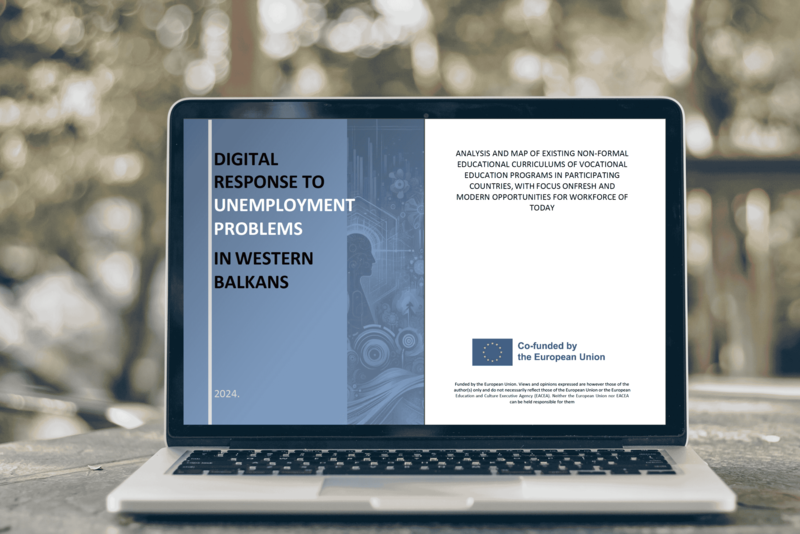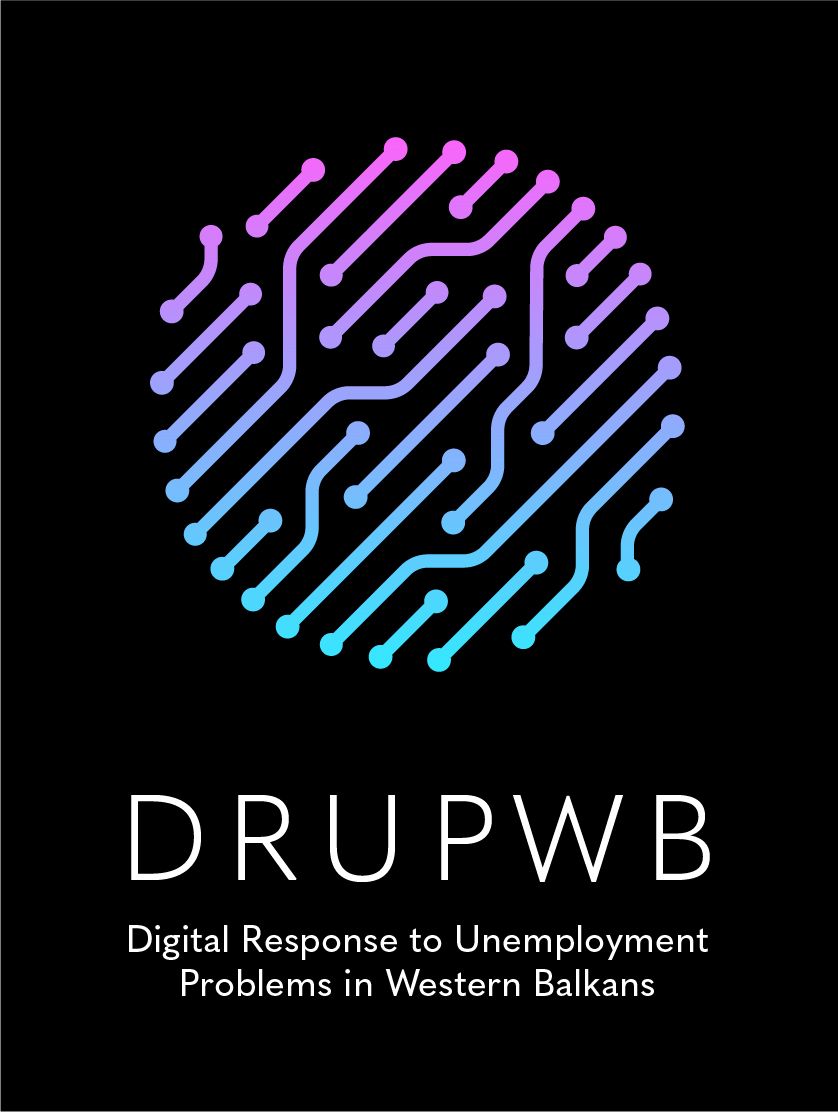Business Management
Latest News
Analysis of Non-Formal Vocational Education Programs in the Western Balkans Released

2024-06-05
Analysis of Non-Formal Vocational Education Programs in the Western Balkans Released
As part of the Digital Response to Unemployment Problems in the Western Balkans (DRUPWB) project, an extensive report has been released analyzing non-formal vocational education curriculums across five participating countries: Albania, Bosnia and Herzegovina, Croatia, Germany, and Lithuania. The report, funded by the European Union, is part of the broader DRUPWB project that aims to tackle unemployment and skill mismatches in the region.
Project Overview
The DRUPWB project is a collaborative effort aimed at addressing workforce challenges in the Western Balkans through innovative educational programs. Partner institutions from across Europe have developed and analyzed non-formal educational curricula that emphasize STEM (Science, Technology, Engineering, and Mathematics), soft skills, and teleworking, among other modern labor market demands.
Key objectives of the DRUPWB project include the creation of a four-modular non-formal educational curriculum designed for vocational training, as well as the development of a digital hub platform for e-learning and employment opportunities. This initiative directly benefits young people and adults who are not in education, employment, or training (NEET), providing them with the skills and knowledge to succeed in the evolving digital economy.
Country-Specific Analysis of Vocational Education Programs
The report offers a comprehensive analysis of non-formal vocational education programs in the five participating countries:
- Albania: The report highlights the country’s challenges with youth unemployment and a shrinking population. It also provides a detailed overview of vocational education opportunities, focusing on professional training programs in ICT, tourism, and other sectors. The Albanian education system is increasingly orienting itself towards service professions, including hospitality, management, and information technology.
- Bosnia and Herzegovina: This section examines the complex, decentralized education system and its impact on vocational training. The report points to a growing demand for non-formal education in fields such as IT, project management, and digital marketing, but also emphasizes the need for better recognition of non-formal education credentials.
- Croatia: The analysis explores Croatia's VET (Vocational Education and Training) landscape, focusing on the integration of non-formal education into the formal system and its potential to address labor market needs. The report discusses existing curriculums in areas such as small business management and entrepreneurship, with a particular focus on the country's digital and STEM-related programs.
- Germany: Renowned for its dual vocational training system, Germany’s VET programs are presented as a model of best practices. The report details non-formal educational opportunities in teleworking, programming, and other modern professions, showcasing how these programs contribute to workforce adaptability and economic stability.
- Lithuania: The report highlights Lithuania’s extensive non-formal vocational education system, which offers flexible learning opportunities for adult learners, NEET individuals, and those seeking to improve their employability. It focuses on STEM fields, digital marketing, and teleworking, emphasizing the role of community centers and private training providers in offering these programs.
Recommendations and Future Directions
The report concludes with a series of recommendations aimed at improving vocational education and training in the Western Balkans. Key recommendations include increasing collaboration between educational institutions and employers, enhancing the recognition of non-formal education credentials, and ensuring that vocational training programs are closely aligned with labor market demands.
This analysis serves as a valuable resource for policymakers, educational institutions, and stakeholders involved in the development of vocational education and training programs, providing insights and data that can help shape future strategies to improve workforce skills and employability in the region.
You can find the analysis here.




